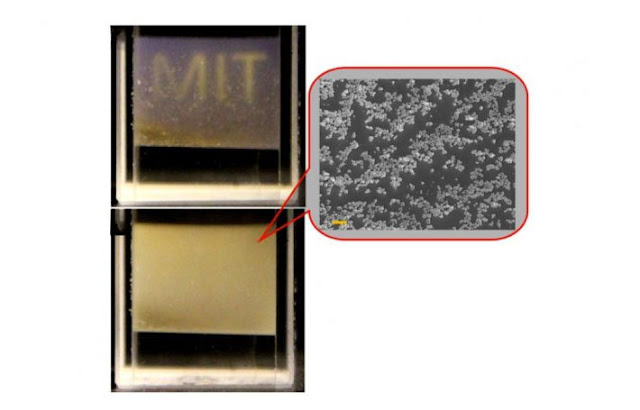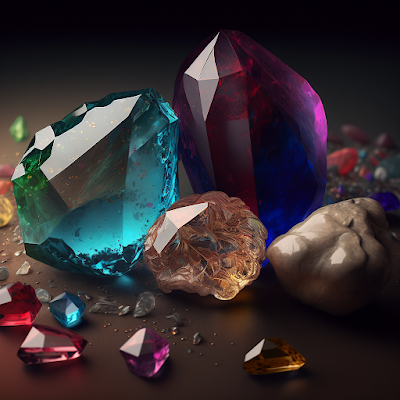Researchers Close to Developing Holographic Displays
Researchers from Massachusetts Institute of Technology (MIT) Media Lab and Harvard University have developed a method of immersing glass particles in liquid which could lead to holographic displays through its light diffusion properties. Experiments testing the liquid suspension of glass demonstrated that the diffusion of light passed through the mixture was far more intense than theoretical models had predicted, and the refraction patterns demonstrated has unlocked the potential for various imaging, sensing, and photography applications. The findings are outlined in a new paper published by the American Chemical Society’s ACS Photonics.
“It’s hard to find a solid and liquid that have exactly the same refractive index at room temperature,” Barmak Heshmat, a postdoc in the Media Lab’s Camera Culture group and corresponding author on the paper, told MIT News. “But if the speed at which the refractive index changes for solid and liquid is different — which is the case for most solids and liquids — then at a certain temperature they will exactly match, to the last digit. That’s why you see this giant jump in transparency.”
Heshmat, together with Ramesh Raskar, the NEC Career Development Associate Professor of Media Arts and Sciences and head of the Camera Culture group, and Benedikt Groever, a graduate student in engineering and applied science at Harvard, found that the suspension’s refractive qualities could be manipulated by changing its temperature; a 10oF change increased diffusion by a factor of ten, while a 42oF change increased it by one thousand.
“If you have photorefractive changes in a solid material in a solid phase, the amount of change you can get between the solid and itself is very small,” Heshmat explains. “You need a very strong field to see that change in your refractive index. But if you have two types of media, the refractive index of the solid is going to change much faster compared to the liquid. So you get this deep contrast that can help a lot.”
While the fields of science and technology seem the most obvious outlets for the technology, the research team also predicts effective deployment of holographic displays in art and design.
“I understand the obvious potential scientific applications listed in the abstract,” Aydogan Ozcan, a professor of electrical engineering at the University of California at Los Angeles, added. “But I think this kind of approach could potentially be useful for designing new artwork — for interior design, for example. You can design furniture parts or artwork that will change the light-matter interaction and visual perception on demand or through a programmed interface, which would bring dynamic light effects indoors. Similarly, it can be used in architectural designs to replace curtains by structured interfaces.”
If you want to stay informed with the tech news, tech updates, you can follow our blog on social networks.




Comments
Post a Comment